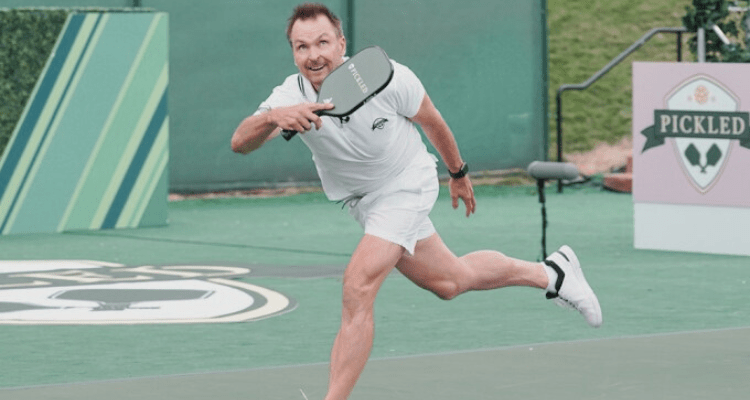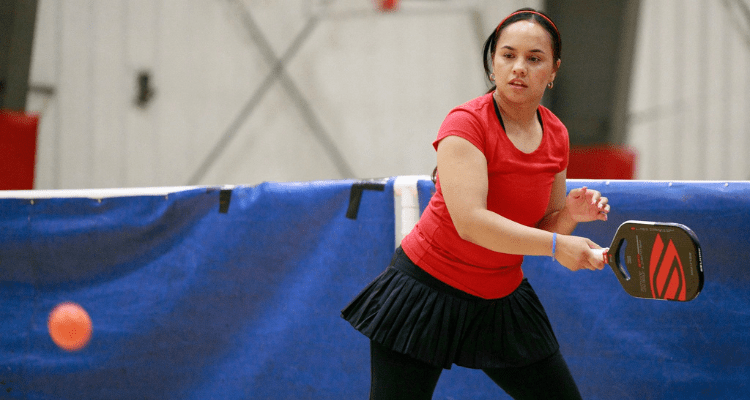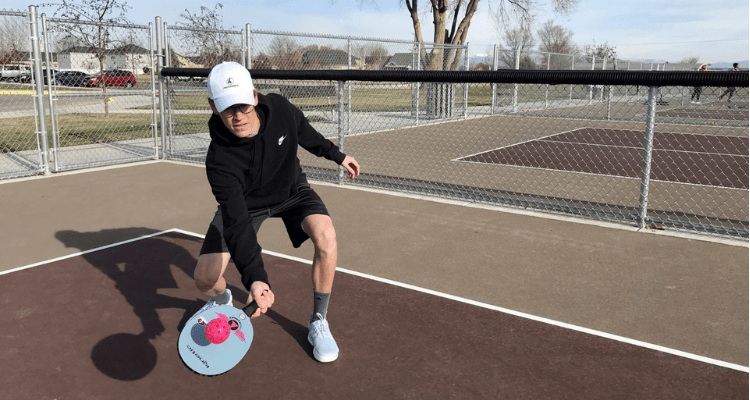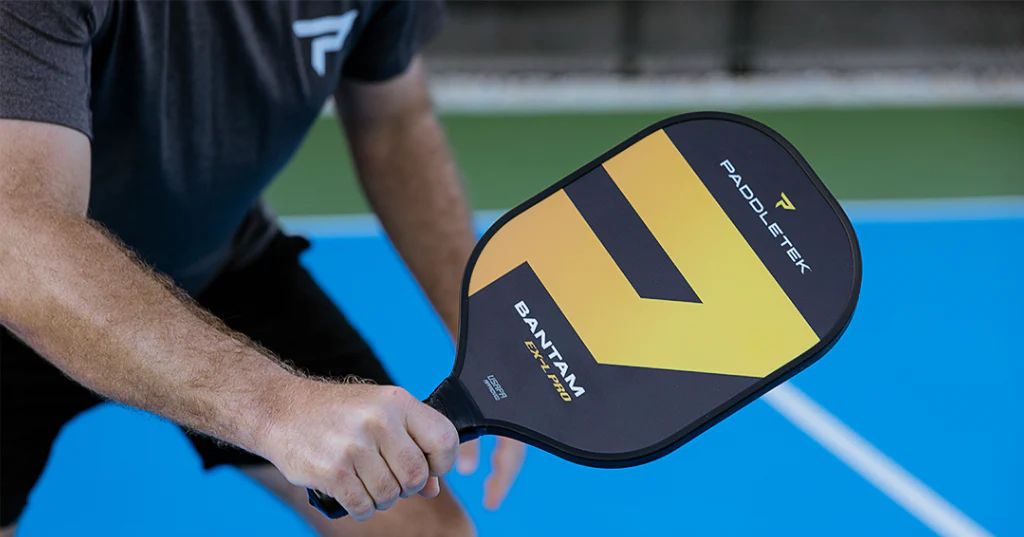Difficult About Pickleball: Pickleball has grown in popularity in recent years, attracting players of all ages to its fast-paced and fun gameplay. However, despite their accessibility, some aspects of pickleball can be challenging for both beginning and experienced players.
Pickleball is a paddle game that combines elements of tennis, badminton and table tennis. The park uses modified tennis nets and plays with rigid paddles and plastic balls with holes. The goal is to kick the ball over the net and into the opponent’s court, to score points by preventing the opposing team from doing the same.

Basics of Pickleball
What is Pickleball?
Pickleball originated in the United States in the 1960s and has since become the most-played sport in the world. Known for its simplicity, it makes it accessible to people of all ages and skill levels.
How is Pickleball Played?
Pickleball is usually played single-player or doubles as a badminton court. Players race across the net with a perforated plastic ball, aiming to score points by keeping the ball in their opponents’ boundaries
Equipment Needed for Pickleball
Players need a few essential pieces of equipment to play pickleball, including shoes, a pickleball and proper court shoes. While the tools may seem simple, using them effectively can be challenging, especially for beginners.
The Growing Popularity of Pickleball
Pickleball’s History

Pickleball was created in 1965 by Joel Pritchard, Bill Bell and Barney McCallum, three friends who wanted to create a game that the whole family could enjoy. The game’s unique name is said to come from one of its creator’s dogs, Pickle.
Rise in Popularity
Pickleball has grown in popularity in recent years, with millions of players worldwide taking part in recreational games, tournaments and tournaments The appeal is its simplicity, low barriers to entry, and construction emphasis on association.
Appeal to Different Age Groups
One of the unique features of pickleball is its ability to attract players of all ages. From young children to adults, pickleball provides a fun and exciting experience that encourages physical activity and socializing.
Challenges Faced in Learning Pickleball
Coordination and Timing
One of the most important challenges for beginners is mastering the structure and timing necessary to hit the ball with precision and accuracy. Unlike other racquet sports, pickleball’s smaller court and slower speeds require more precision and control.
Understanding Strategy
Pickleball may seem like a simple game, but it requires good judgment and anticipation on the part of opponents. Understanding when to attack, defend, and hold court positions can be a challenge for novice players.
Dealing with Speed and Power
As players progress in skill, they may face opponents with more speed and power on the court. Learning how to react quickly and adapt to games can be intimidating for those still honing their skills.
The Mental Aspect of Pickleball
Handling Pressure
Competitive pickleball can be psychologically demanding, especially at critical points in a tournament. Learning to control your nerves and stay focused under pressure is essential to success on the court.
Staying Focused
Pickleball requires constant attention and recognition of the ball and the opponent. It can be hard to stay focused throughout the game, especially when fatigue sets in.

Overcoming Mistakes
Mistakes are inevitable in pickleball, but how players respond to them can have a significant impact on their performance. Learning to bounce back from mistakes and maintain a positive attitude is the key to continued improvement.
Physical Demands of Pickleball
Endurance and Stamina
Despite being slower compared to other racquets, pickles still require a great deal of strength and power, especially during longer matches or intense matches.
Quick Reflexes
Pickleball is a fast-paced and agile game, requiring players to anticipate shots and react quickly to changing conditions on the court.
Injury Prevention
Like any physical activity, pickleball carries a risk of injury, especially in the shoulders, knees and ankles. Proper warm-ups, stretches and technique can help minimize these risks and keep players healthy and injury-free.
Social Benefits of Pickleball

Building Communities
Pickleball isn’t just a game; is a local architect. Athletes often develop strong bonds with their competitive teammates, fostering camaraderie both on and off the court.
Making New Connections
Whether you’re playing casually at the local resort or competing in organized tournaments, pickleball offers plenty of opportunities to meet new people and expand social networks.
Improving Mental Well-being
Engaging in regular bodily hobbies, such as pickleball, has been proven to have several blessings for intellectual health, which include reduced strain, progressed mood, and enhanced cognitive function.
FAQs
Is pickleball suitable for all ages and skill levels?
Yes, pickleball can be enjoyed by people of all ages and skill levels, from beginners to seasoned professionals.
What equipment do I need to play pickleball?
To play pickleball, you’ll need a paddle, a pickleball, appropriate court shoes, and comfortable athletic attire.
How can I improve my pickleball skills?
Consistent practice, attending clinics or lessons, and studying strategy can all help improve your pickleball skills over time.
What are some common pickleball etiquette rules?
Common pickleball etiquette includes respecting court boundaries, calling out the score clearly, and maintaining good sportsmanship.
Are there different types of pickleball courts?
Yes, there are numerous styles of pickleball courts, inclusive of outside courts manufactured from asphalt or concrete and indoor courts typically product of wood or artificial substances. Court dimensions may additionally vary slightly, but they generally observe well-known hints.
Conclusion
While pickleball offers a fun and easy way to stay active and social, it also comes with a fair amount of challenges. From mastering the basics to the mental and physical demands of the game, players must be prepared to overcome obstacles on their pickleball journey.



